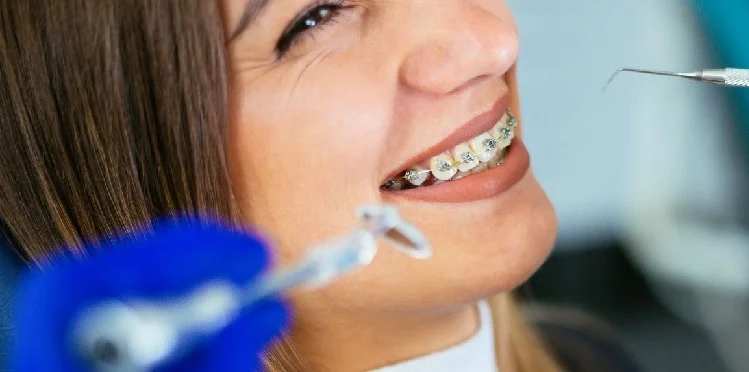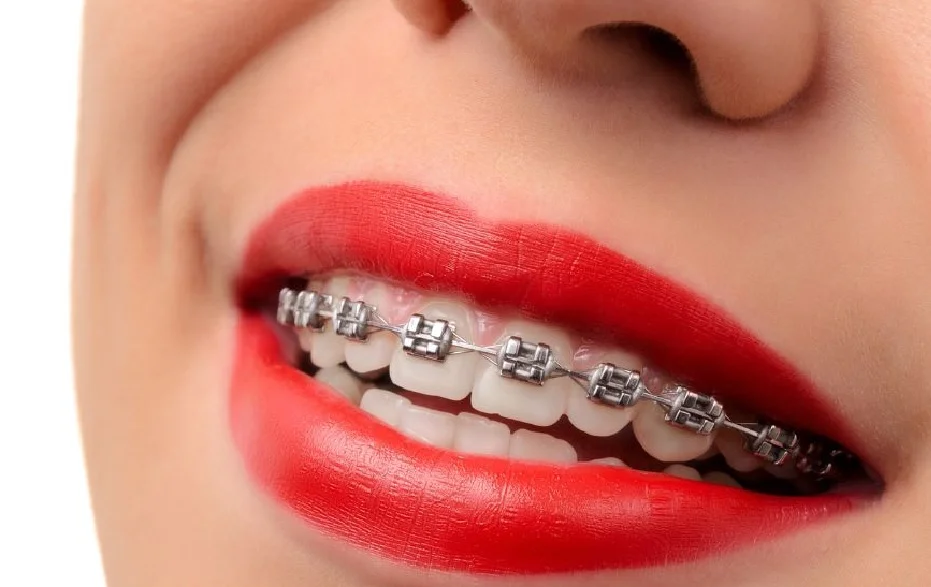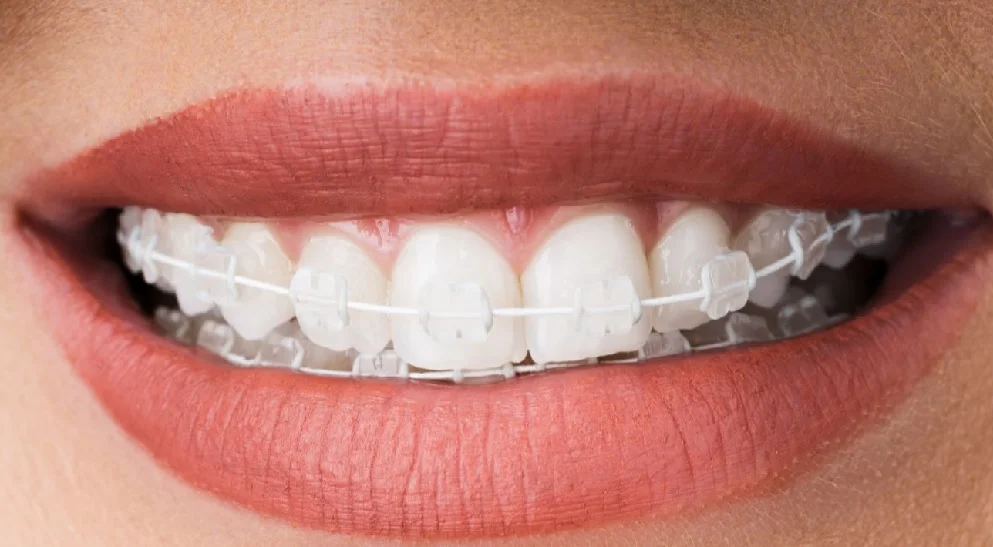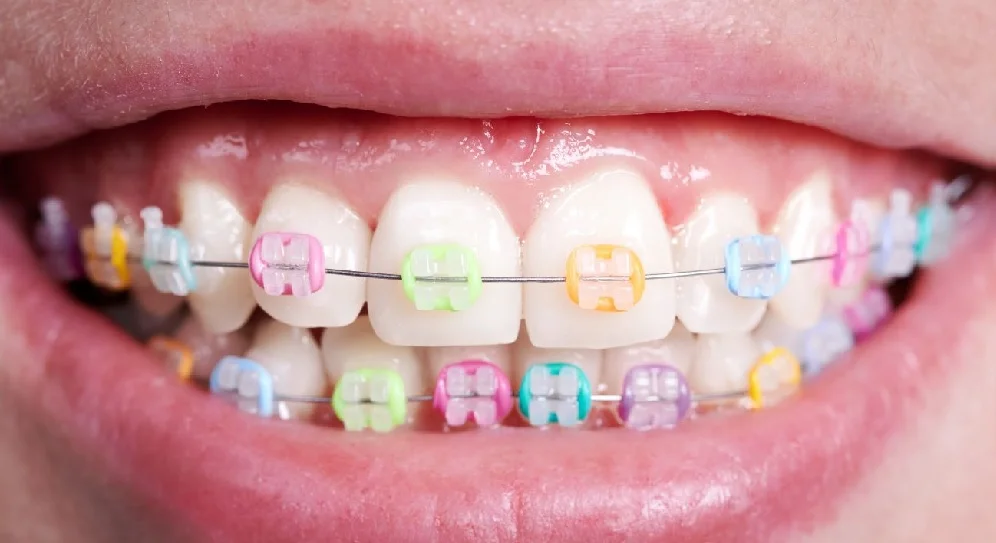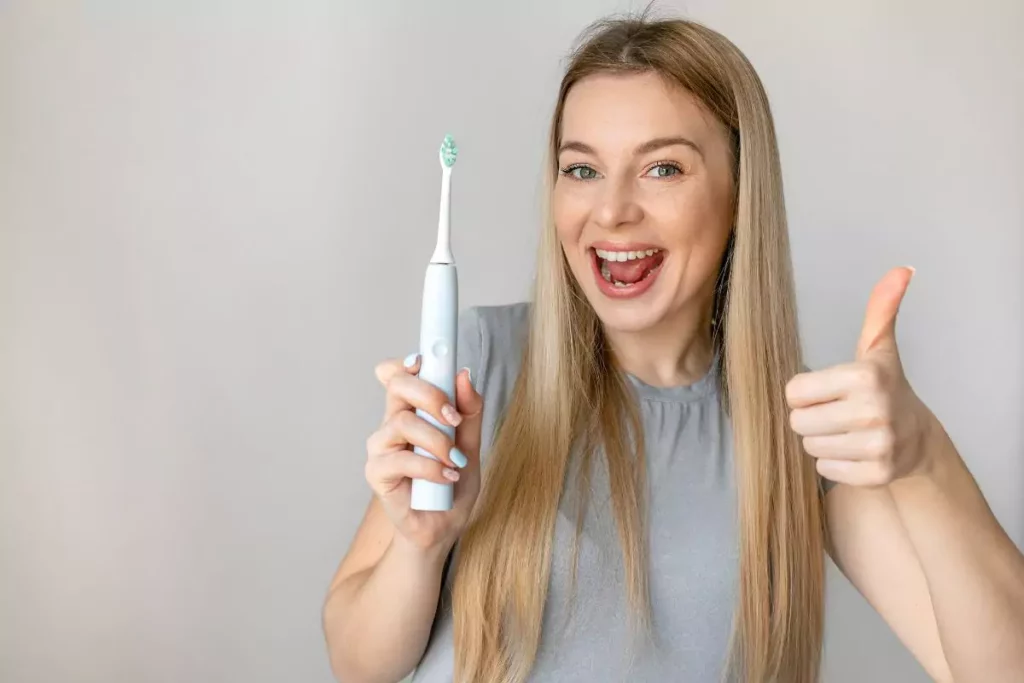Are you faced with corrective treatment alternatives and you’re wondering whether to get transparent ceramic vs metal braces? Crowded teeth, jaw misalignment, very wide interdental spaces, and malocclusion (bite problems) are some oral health conditions that are corrected through orthodontic treatment with therapeutic devices known as braces.
Correcting situations that affect dental functionality is a relevant aspect of oral health, since they open the way to different consequences such as dental caries, tooth wear, and gum disease, among others.
To determine which is the best therapeutic option between ceramic vs metal braces, it is necessary to know some details of each of the alternatives: their characteristics, advantages, and disadvantages.
Get to Know Ceramic vs Metal Braces
Metal brackets or braces are made of stainless steel and are fixed to the teeth with cement.
By design, the metal braces exert gradual pressure on the teeth, through the wires and elastic ligatures that are part of the device, and this force moves the teeth into the correct position.
What are the advantages of metal braces?
There are several advantages that metal braces offer for orthodontic treatment. This therapeutic alternative has proven efficacy over several years and is low cost. Other characteristics that play in favor of metal brackets are:
• They have great durability and adhesion capacity
• They are more resistant than ceramic brackets, regarding the force applied when biting or similar actions.
• They do not break easily, due to the material in which they are made.
• If there is any damage or misalignment, it can be easily corrected.
• They do not fade or stain.
• They facilitate the three-dimensional movements required in the treatments.
• The treatment requires less time.
What are the disadvantages of metal braces?
• Due to their metallic structure and rubber bands, they are visible.
• In the first few days, they can cause pain and discomfort. Rubbing can cause injuries to the inside of the cheeks, lips, or tongue. There may also be increased sensitivity.
• The practice of oral hygiene requires more care and time, since being a fixed device to the teeth, it favors the accumulation of bacterial plaque, a situation that increases the risk of cavities and gum disease.
• They require periodic adjustments to achieve an effective response in treatment.
• They may cause a metallic taste.
• Sticky or hard foods should be avoided, such as chewing gum, nuts, or peanuts, which can affect braces.
Details of Ceramic Brackets
They are made of translucent or tooth-colored materials, making them less visible, and are considered the most aesthetic therapeutic option. They fulfill the same function as metal brackets, in the process of an orthodontic treatment.
What are the advantages of ceramic brackets?
One of their advantages is that they are not noticeable. That is, they do not attract the eyes of other people, which is why this therapeutic option has gained acceptance among adults and the young population. Other attributes are:
• They do not irritate the gums or the inner parts of the cheeks, nor the tongue.
• They are comfortable.
• The bow, bands, and supports are transparent. You also have the possibility of choosing a color similar to that of the teeth.
• They are the relevant treatment alternative for people who have allergies to certain metals.
• They do not interfere with diagnostic images (X-rays), because their metal content is very low.
What are the disadvantages of ceramic brackets?
• They are larger and can cause gum sensitivity.
• Hygiene in the area near the brackets is made difficult, a situation that favors inflammation of the gums or gingival recession, if the brush does not adequately reach all parts of the mouth.
• Having a solid core, they can easily fracture or break. That is, they have a shorter duration and must be replaced, which affects the treatment time and the final cost of the treatment.
• Treatment time is longer.
• They demand more care in dental hygiene and food/drink consumption because the stains are more noticeable.
• The consumption of dark drinks such as coffee and red wine and sauces such as tomato and curry, among others, should be avoided.
• Inadequate dental hygiene facilitates the accumulation of bacterial plaque, with its subsequent consequences on oral health.
• If braces are used on the upper and lower teeth, wear of the tooth enamel is a possible effect in the future.
• When braces are worn on the lower teeth, they can cause damage to the upper opposite teeth.
• They have a higher cost.
A common condition for both types of brackets (ceramic or metal) is that when they are removed, fissures can occur that damage the dental enamel.
Which is the Best Option?
Choosing between ceramic vs metal braces, and determining which are the best braces depends on the expectations and preferences of the person who is going to receive the treatment.
Metal braces are a reliable, robust, and proven therapeutic option at an affordable cost. They also cause some situations that can be uncomfortable for the person.
Ceramic brackets are more aesthetic, more discreet, and offer the same therapeutic response as metal brackets, at a higher cost and without compromising physical appearance, with some effects linked to their use, such as the care that must be given so that they have a better fit. longer shelf life.
Physical appearance, durability, maintenance required and the amount of investment required are some of the aspects that must be taken into account when choosing one of the two therapeutic alternatives.
What is the need for treatment and what do you want? the person for their well-being? Answering these questions, taking into account the aforementioned aspects will help determine which is the best option.
Frequently Asked Questions
Are ceramic braces easy to break?
Ceramic braces are designed to be just as effective as metal braces, even though ceramic is a weaker material. With proper care, ceramic braces won’t easily break and won’t affect your treatment negatively.
Do ceramic braces take longer to straighten teeth compared to metal braces?
No, they don’t. The duration of orthodontic treatment depends on each individual patient, regardless of whether they have ceramic or metal braces. While there might be cases where ceramic braces require more frequent replacements, the overall treatment time should be similar to that of metal braces.
Can you switch from ceramic braces to metal braces?
Yes, it is possible to switch from ceramic braces to metal braces. However, there may be additional costs involved. It’s best to discuss this option with your orthodontist to determine what is most suitable for you.
Which braces are less painful: ceramic or metal?
Based on the experiences of people who have worn both types of braces, ceramic braces are considered to be less painful for your gums and cheeks. This is because the ceramic material is not as rough or harsh compared to metal braces.
Share:
References
1. UNAM Bulletin (January 17, 2015) When removed, brackets can damage tooth enamel / https://www.dgcs.unam.mx/boletin/bdboletin/2015_032.html#:~:text=Debido%20a%20los%20componentes%20de,bacteriana%20y%2C%20eventualmente%2C%20caries.
2. Bufa Vanesa (May 25, 2023) Ceramic brackets: what should I know? / https://mejorconsalud.as.com/brackets-ceramica-que-debo-saber/
3. Improve your health (s.f) Ceramic braces: pros, cons and cost / https://mejoratusalud.org/brackets-ceramicos-pros-contras-y-costo/
4. REEICK (s.f) Ceramic or metal braces: Which should I choose? / https://www.melbourneorthodontics.com/blog/ceramic-or-metal-braces-which-should-i-choose/
5. Sandoval, Yuliana. (Julio 19 de 2022) Ceramic brackets – Everything you need to know about white orthodontics / https://www.dentaly.org/us/ceramic-braces/
6. Wilmington Orthodontic (s.f) Metal Braces Vs. Ceramic Braces: Which Is Better? / https://www.orthodontistwilmington.com/metal-braces-ceramic-which-is-better/
-
Nayibe Cubillos M. [Author]
Pharmaceutical Chemestry |Pharmaceutical Process Management | Pharmaceutical Care | Pharmaceutical Services Audit | Pharmaceutical Services Process Consulting | Content Project Manager | SEO Knowledge | Content Writer | Leadership | Scrum Master
View all posts
A healthcare writer with a solid background in pharmaceutical chemistry and a thorough understanding of Colombian regulatory processes and comprehensive sector management, she has significant experience coordinating and leading multidisciplina...



